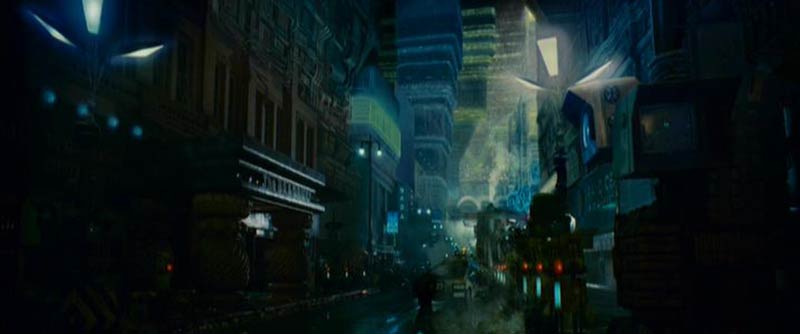Occupying the Grande Galerie at Centre Pompidou from 5 May to 9 August 2010, the exhibition Dreamlands considers for the first time the question of how World's Fairs, international exhibitions, theme parks and kindred institutions have influenced ideas about the city and the way it is used. Duplicating and reduplicating reality through the creation of replicas, embracing an aesthetic of accumulation and collage that is often close to kitsch, these self-enclosed parallel worlds have frequently afforded inspiration to the artistic, architectural and urbanistic practices of the twentieth century, and may even be said to have served as models for certain contemporary constructions.
This multidisciplinary exhibition brings together more than 300 works : modern and contemporary art, architecture, films and documents drawn from numerous public and private collections.
Designed as an experience both playful and educational, it offers the first comprehensive exploration of its theme, inviting visitors to think about how the city is imagined and how this imagination finds expression in concrete projects.
World's Fairs, contemporary theme parks, the Las Vegas of the 1950s and '60s, twenty-first-century Dubai : all these have helped bring about a profound transformation in our relation to the world, our conceptions of geography, time and history, our ideas about the original and the reproduction, about art and non-art.
The dreamlands of the leisure society have shaped the imagination, nourishing both utopian dreams and artistic productions. But they have also become realities : the pastiche, the copy, the artificial and the fictive have become facts of the environment in which real life is led, and they serve as models for understanding and planning the urban fabric and its social life, blurring the boundaries between imagination and reality.
From Salvador Dali's Dream of Venus pavilion for the New York World's Fair of 1939 to such manifestoes as Venturi and Brown's Learning from Las Vegas and Rem Koolhaas's Delirious New York (which reads Manhattan through Coney Island's Dreamland), the sixteen sections of the exhibition will trace the history of a complex and problematic relationship.
This multidisciplinary exhibition brings together more than 300 works : modern and contemporary art, architecture, films and documents drawn from numerous public and private collections.
Designed as an experience both playful and educational, it offers the first comprehensive exploration of its theme, inviting visitors to think about how the city is imagined and how this imagination finds expression in concrete projects.
World's Fairs, contemporary theme parks, the Las Vegas of the 1950s and '60s, twenty-first-century Dubai : all these have helped bring about a profound transformation in our relation to the world, our conceptions of geography, time and history, our ideas about the original and the reproduction, about art and non-art.
The dreamlands of the leisure society have shaped the imagination, nourishing both utopian dreams and artistic productions. But they have also become realities : the pastiche, the copy, the artificial and the fictive have become facts of the environment in which real life is led, and they serve as models for understanding and planning the urban fabric and its social life, blurring the boundaries between imagination and reality.
From Salvador Dali's Dream of Venus pavilion for the New York World's Fair of 1939 to such manifestoes as Venturi and Brown's Learning from Las Vegas and Rem Koolhaas's Delirious New York (which reads Manhattan through Coney Island's Dreamland), the sixteen sections of the exhibition will trace the history of a complex and problematic relationship.
---
Centre Pompidou, Paris
No comments:
Post a Comment